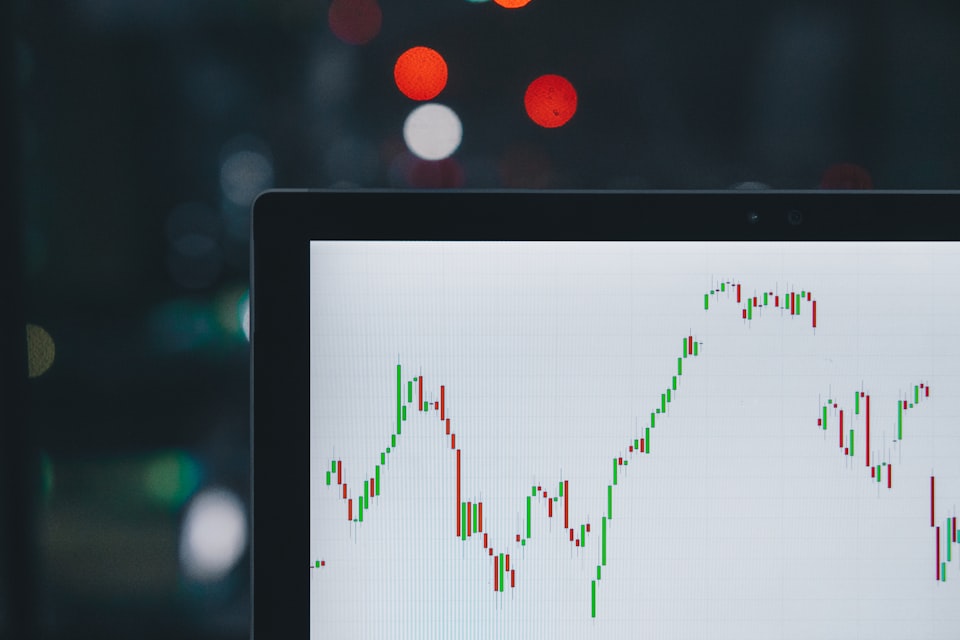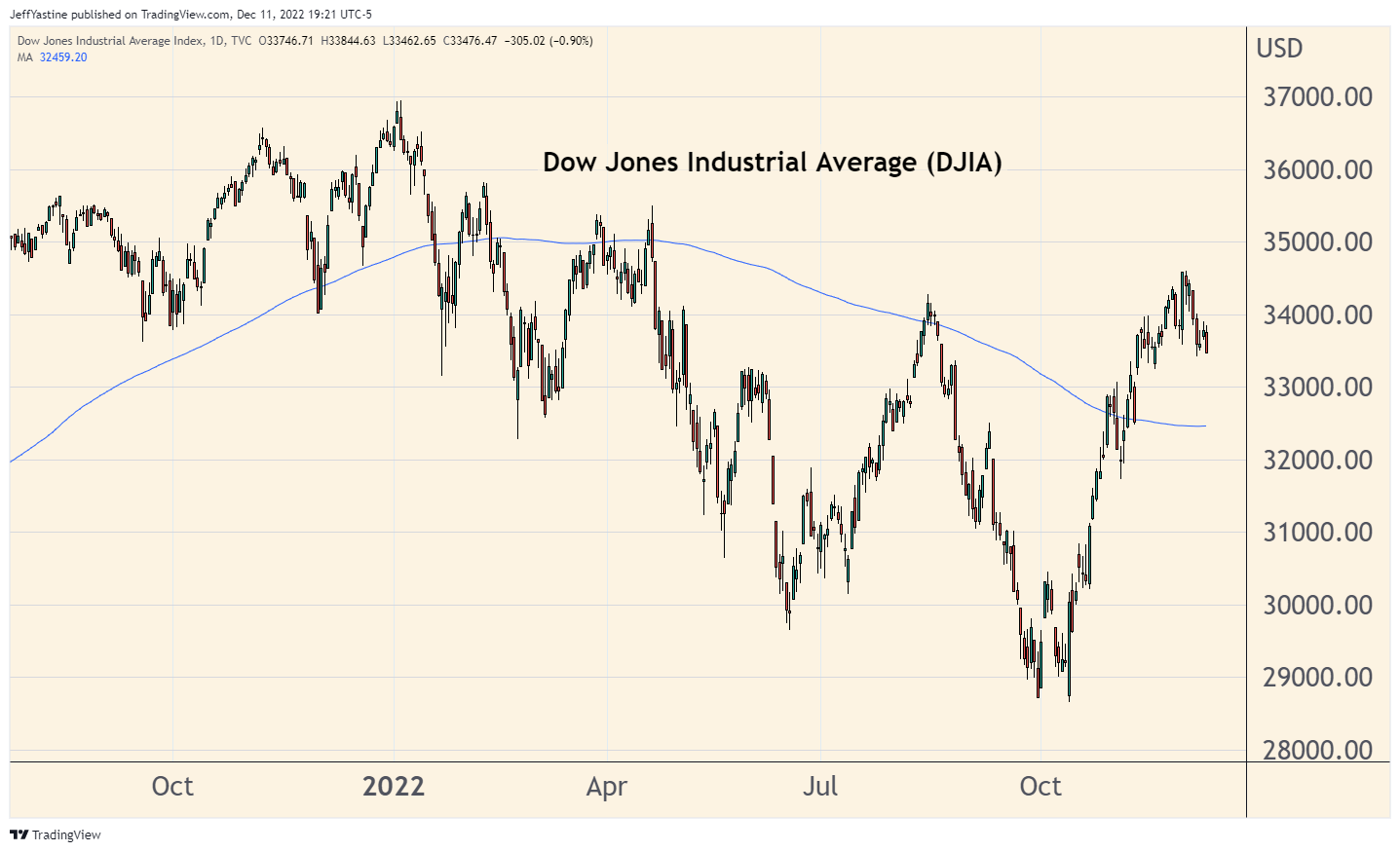Market Update: "Next Leg Down" or "New Bull Market"?

I'm going to keep this Sunday's commentary a bit on the short side. I'm sorry I'm not feeling very well this weekend. It's nothing serious and I'm slowly getting over it - but I'm fighting a throat infection that sends me into fits of painful coughing night and day.
But this could be an important week, so I want to weigh in with a few observations.
As you likely know, the coming week is important because of 2 key events...
- Tuesday morning (8:30am ET) is the latest inflation report, via the November consumer price index (CPI) reported by the Labor Department.
- Wednesday (2:15pm ET) is when the Federal Reserve issues its last interest rate hike for 2022.
My advice on both is to ignore them. Seriously.
It's not that they aren't important. But there's not a thing any of us can do to control what happens to the market, before, during or after. It's going to go up and down regardless.
So try not to let yourself get obsessively wrapped up in the "pregame" and "postgame" commentary after each report as all the perennial bears and bulls on CNBC and Twitter argue it out.
Our job as investors isn't to win arguments. It's to make money.
And to that end, we do have control over 2 important decisions...
Decision #1: How much of our portfolio we choose to devote to stocks and how much is in cash.
For example, I tend to "layer-up" - add more positions and have less in cash - when the market begins to rally...and "layer-down" when those rallies start to fail.
In an uncertain or bearish market, it's a simple way to methodically add risk (and increase your odds of making money) when the market is moving higher or reduce risk (and sidestep bigger losses) when it starts to lose ground.
If we think of the blue line (the 200 day moving average) in this chart below as our "line in the sand"....well, the market has spent most of 2022 in "losing ground" mode:

So I've happily been in stages of "mostly cash" all year. But that brings me to the other thing we have control over, when it comes to the stock market...
Decision #2: How many shares we choose to buy of an individual stock.
Each share we buy represents a bit of potential risk - and reward.
In a bear market, it's not uncommon for investors to get frustrated and start making big all-or-nothing bets in order to quickly "make back" a previous loss.
So one of the keys to bear market survival is to risk less. Buy fewer shares of stock. I use a basic measurement based on the size of my portfolio as it grows or shrinks with the bull or bear market, and my own buying decisions.
The result is that my goodBUYs portfolio - where every trade is tracked and charted - is almost at the breakeven level (thanks in part to one stock that's almost doubled over the past couple of months (reserved for subscribers)).
Meanwhile our comparison smallcap index is down nearly 30%!

But an investor can also use simpler methods to avoid digging a deeper hole of losses. If you're used to buying 100 share lots...buy 75. If you have more losses, then the next time you want to buy a stock, buy 50 shares instead.
Again, it means methodically dialing down your risk.
By doing so, we can look at the market with clearer eyes, with less worry and fear.
Whether the bull market returns this week - or many months from now - I don't know. But when it happens, few people will want to hop onboard in the first weeks and months.
That's when it pays to conserve your confidence just like your portfolio's funds....because you'll be in a position to start "layering-up" your risk and make a lot of dough when few would expect such a thing to happen.
That, my friends, is the mark of a true (and highly successful) investor and trader!
Jeff
Member discussion